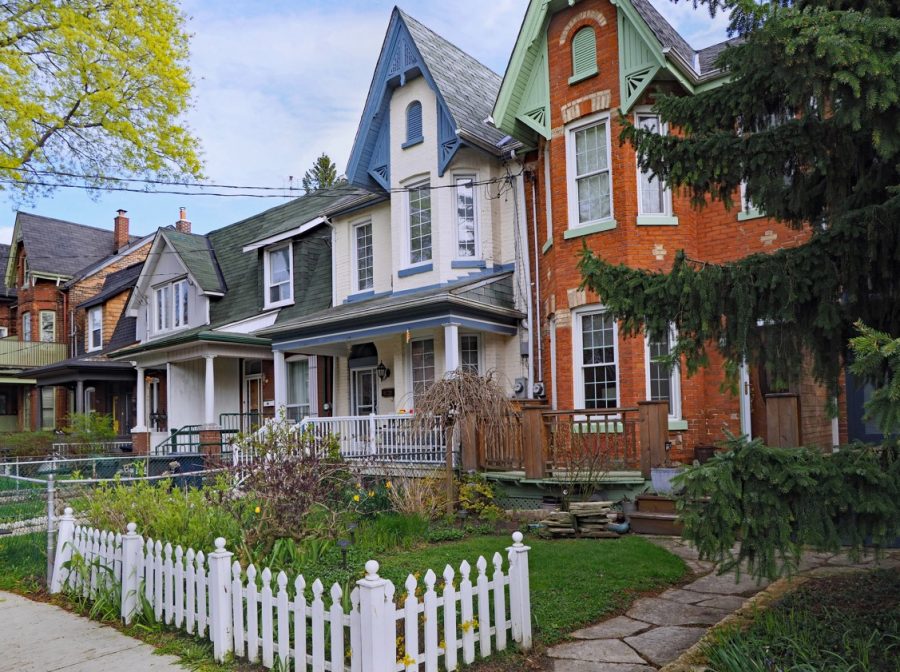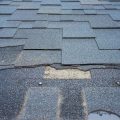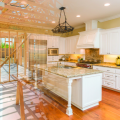For many people, the idea of owning an older home is both romantic and exciting. Compared to a brand new home, you can typically enjoy more square footage and sometimes more land than if you purchased a brand new home. Though you have more space to spread out, there tend to be repairs or updates that need to be made before you settle in. With that in mind, it’s a good idea to understand what you’re getting into before you make a major financial commitment related to purchasing an older home. One particularly important facet to understand is the hidden costs that could easily overwhelm your budget. By understanding these real costs beforehand, you’ll be much better prepared to ride the older-home roller coaster all the way to the end and will be able to make an informed decision.
Hazardous Materials Removal
One major challenge that many owners of older homes face is the presence of hazardous materials. Lead paint and asbestos siding are just two examples of potentially harmful items lurking in older homes. Depending on what era your home was built or when it was renovated last, you may need to work with a professional to evaluate the status of your home. Removal and replacement of these substances can be time-consuming and costly, depending on the project’s scope. This is one to-do item you don’t want to ignore, though, because not taking action could lead to serious health problems for you and your family. Additionally, it is something you’ll need to take care of before moving into the home. That way you don’t place your family in a hazardous situation.
Unfortunately, on the more extreme side of things, the home may require demolition. This is typically decided before the home goes on the market. This means that you will be fully aware of the situation throughout the buying process. For homes with such hazardous materials, it is typically a requirement that the home be replaced within a few months of purchase. This is also typically discussed and clearly understood before any contracts are signed. However, if you don’t have experience with this type of purchase, consider working with a professional to ensure everything is clear.
Mold Remediation
Another issue you’re likely to see in older homes? Water intrusion. Water is known to damage the wood and sheetrock, not to mention flooring. Even if it isn’t visibly damaged, any flooding in the area in the last few months should be considered. If you don’t have structural damage, you may still have issues with other parts of your home such as the insulation. One problem resulting from water intrusion is mold growth, a pervasive problem that only worsens over time. This problem is typical for older homes that have been neglected for a long period of time. Even a leak in the roof that gets repaired, if it was leaking for a long time, may have caused damage to the flooring and water could have been trapped in the layers below the surface. In these situations, sometimes the leak gets taken care of and the floor piece damaged is replaced, which only covers up part of the problem. Taking care of mold could require ripping out walls, installing new ventilation systems, seeking out long-term monitoring solutions, and other heavy-duty projects. That’s why it’s vital to hire a trusted inspector to take a close look at any house you’re interested in to see if there are any mold issues. Due to the medical risks that mold has, it’s ideal to check and take care of these problems before you move into the home.
Electrical Updates
Although electricity itself hasn’t changed since the dawn of time, electrical delivery systems have changed dramatically, especially over the last hundred or so years. When buying an older home, it’s best to assume that electrical services will be a necessity. Ignoring outdated electrical systems greatly increases the risk of an electrical fire and electrical shock. While certain parts of an electrical system can be expensive to replace, it’s well worth the cost involved. Wiring, for example, is typically thicker and more reliable than in the past. This enables more power to go through the wires safely and without issue. If your home is still using older wiring, it may not be able to handle the electrical power needed for many appliances such as electric stoves and microwaves. With that being the case, it’s ideal that you get your home inspected for such concerns before signing the contract to own an older home.
Plumbing Problems
Rock-solid plumbing systems are critical to the ongoing enjoyment of your older home. Unfortunately, plumbing fixtures and pipes often show their age more than other components in a home. One particularly important variable to check is whether or not your home has lead water supply lines. Constant exposure to lead-laced water can lead to cancer and other health issues. Fortunately, some local water utilities offer assistance for homeowners to help them replace their lead pipes.
Figure Out Timing
When it comes to tackling repairs in an older home, the most important element is timing. If you try to tackle all of the projects at once, the cost will likely be overwhelming. If you can figure out the most critical repairs, though, and get those taken care of first, you’ll then be able to space the other repairs apart so that you can keep everything affordable.






























No Comments
Leave a comment Cancel